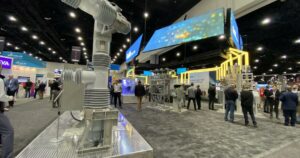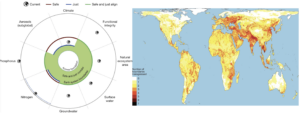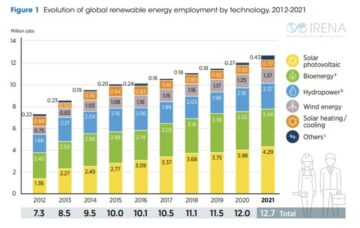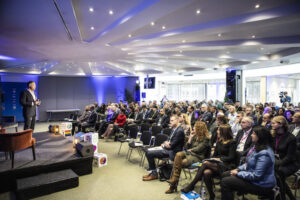This article is sponsored by American Forest Foundation.
As demand for carbon credits skyrockets, a much-needed focus on the quality of the credits has emerged. Organizations, such as the Taskforce on Scaling Voluntary Carbon Markets and the Science Based Targets Initiative, have spoken out about the paramount importance of establishing rigorous and transparent standards for the climate mitigation of carbon projects. This view was echoed at COP26, with negotiators creating a framework for a credible international compliance market with the agreement on Article 6.
While these have been important steps, there is still much work to be done to demonstrate that carbon credits, specifically, voluntary carbon credits, are a legitimate and meaningful tool in our effort to avert catastrophic global warming. Natural climate solutions have an important role to play, and can, when carbon credits represent real, additional and permanent reductions in the concentration of CO2 in the atmosphere.
We, as a community of carbon project developers and corporate buyers should play an active role by demanding and delivering carbon credits that are providing a credible and meaningful climate impact.
To start, companies should take all available steps to reduce emissions as part of their comprehensive abatement strategy. Only once this is done, can carbon credits ethically help companies neutralize the emissions they cannot eliminate.
Second, companies should have a clear picture of a project’s carbon accounting. While these concepts are complex, how a carbon project defines its carbon benefit can make or break the legitimacy of a corporate buyer’s investment.
In order to use a carbon credit to compensate for or neutralize the emissions arising from business operations, understanding additionality is fundamental. A carbon credit must provide an ‘additional’ carbon benefit above and beyond business as usual for it to authentically meet a company’s net-zero needs.
Proving additionality can only be done with an accurate and transparent baseline. A baseline must be the most authentic representation of what would have happened without a carbon project. Most accepted is the use of a modeled baseline, created based on the best science and data possible, of what is hypothesized to occur over the next 100 years. If high integrity is not employed at this initial level, over or under crediting can occur.
However, just because this is the common approach to additionality, does not mean that there isn’t a need to raise our ambitions for more transparent accounting. It is on us as carbon project developers to bring the latest science together with innovative business models to continually improve carbon programs and carbon accounting to provide measurable, transparent and meaningful impact.
We at the American Forest Foundation, as a national conservation organization and a carbon project developer, are innovating to raise the bar on carbon credit integrity.

Together with The Nature Conservancy, we have created the Family Forest Carbon Program. Led by two non-profits, the program’s goal is meaningful and lasting carbon sequestration and storage to help address our climate crisis. The program is designed to provide inclusive and workable opportunities for owners of small forest parcels to participate in the voluntary carbon market.
The Family Forest Carbon Program is taking a step forward to improve the accuracy of a carbon credit through a new methodology soon to be approved by Verra’s Verified Carbon Standard. This methodology strives to calculate additionality more effectively by using an innovative approach to a baseline.
Inspired by the use of control groups in medical trials, the Family Forest Carbon Program’s new methodology removes projected baselines and instead, uses a real-time dynamic baseline of unenrolled properties. The program compares the carbon sequestered on lands enrolled in the Family Forest Carbon Program to similar forests that are not enrolled in the program. By measuring the difference between the forests, the program isolates the Family Forest Carbon Program as the single variable that contributed to the carbon produced. This provides an extremely credible claim of additionality.
For carbon markets to be effective, a diligent and dedicated effort must be made by all players from standards bodies to corporate buyers to project developers, to opt for a high standard of excellence.
We invite you to be part of this discussion at the “How to Ensure High Integrity when Purchasing Carbon Credits” Webcast. Moderated by Jim Giles of GreenBiz and with speakers from the American Forest Foundation, The Nature Conservancy, and Bank of America, we will explore advancing integrity in forest carbon credits and the Family Forest Carbon Program’s unique methodology. Register today and join us on January 27th at 1pm ET/10am PT.
Source: https://www.greenbiz.com/article/choose-high-integrity-standard-carbon-credits








